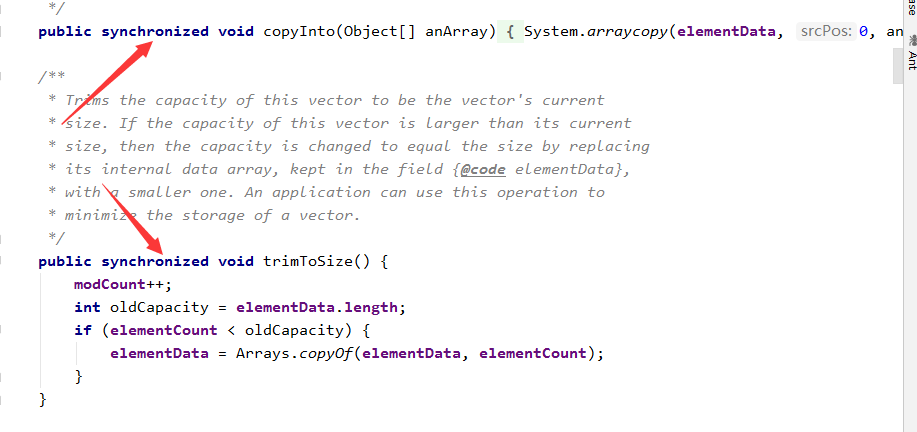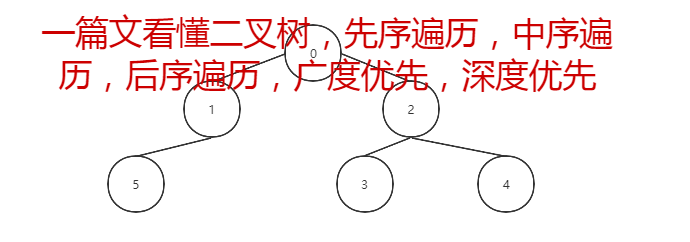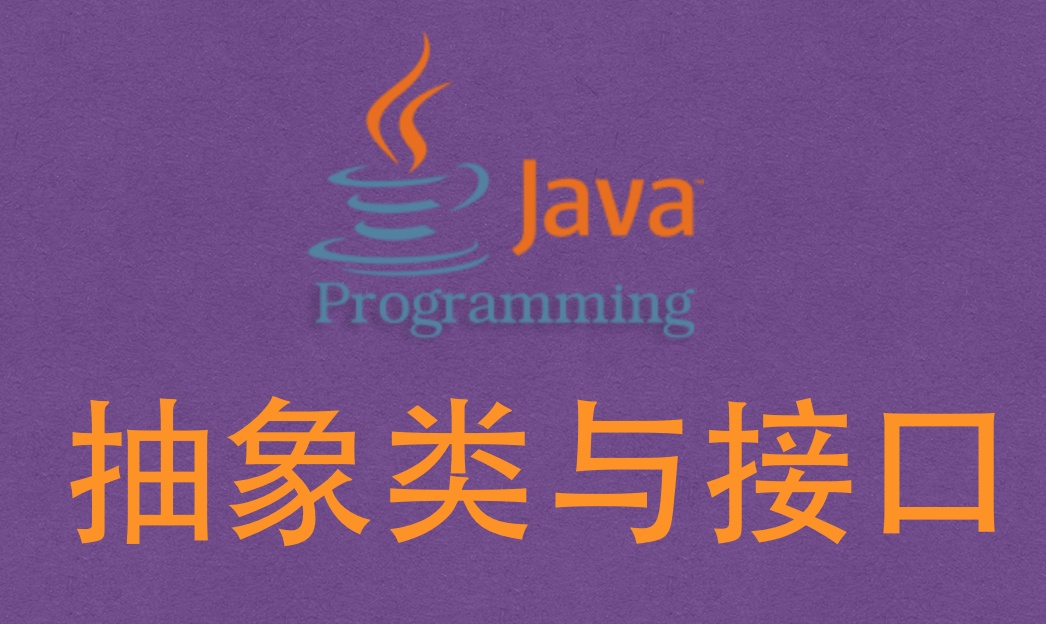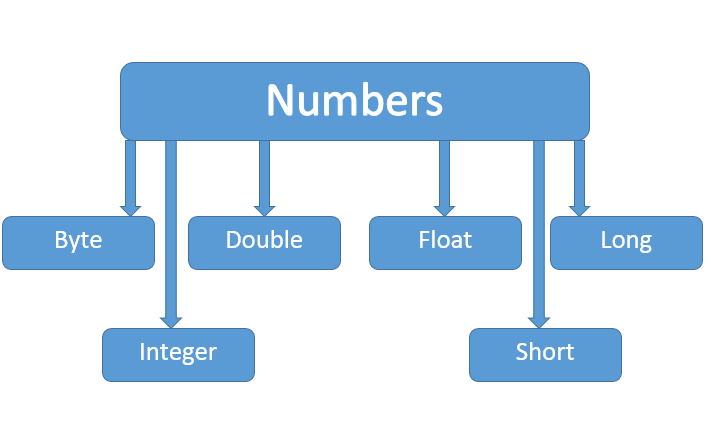1 线程安全的集合
Vector
为什么
Vecter是线程安全的呢?查看源代码:
从上面的代码可以看到,每个方法都加上了
synchronized关键字,所以它是线程安全的。但是因为它的所有方式都加上了synchronized关键字,那么无论你是否需要对其进行多线程访问时,它都会对其进行锁定,执行效率会很低。现在已经弃用。HashTable
HashTable和Vector类似,都是在每个方法上加上synchronized关键字来达到线程安全的目的。我们可以从下面的源代码可以看出:
2 java.util.concurrent下的线程安全集合
java.util包下有一个concurrent包,下面的集合都是线程安全的集合,当需要使用线程来操作集合时,就调用该包下面的集合。下面看一段线程不安全的集合代码:
1 | import java.util.LinkedList; |
运行结果:
线程安全的集合:
1 | import java.util.List; |
运行结果:
3 使用Collections包装成线程安全
包装列表list
1
List<String> list = Collections.synchronizedList(new ArrayList<>());
包装集合set
1
Set<String> set = Collections.synchronizedSet(new HashSet<>());
包装字典map
1
Map<String, String> map = Collections.synchronizedMap(new HashMap<>());
参考文献
https://blog.csdn.net/lixiaobuaa/article/details/79689338
写在最后
欢迎大家关注鄙人的公众号【麦田里的守望者zhg】,让我们一起成长,谢谢。
All articles in this blog are licensed under CC BY-NC-SA 4.0 unless stating additionally.
Comment















